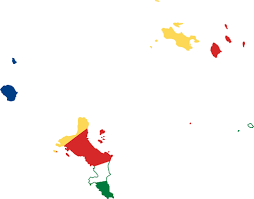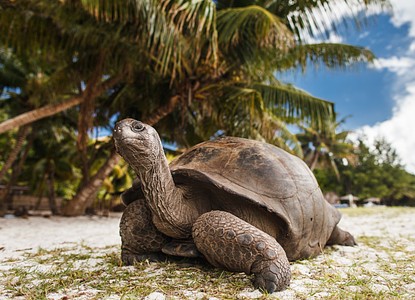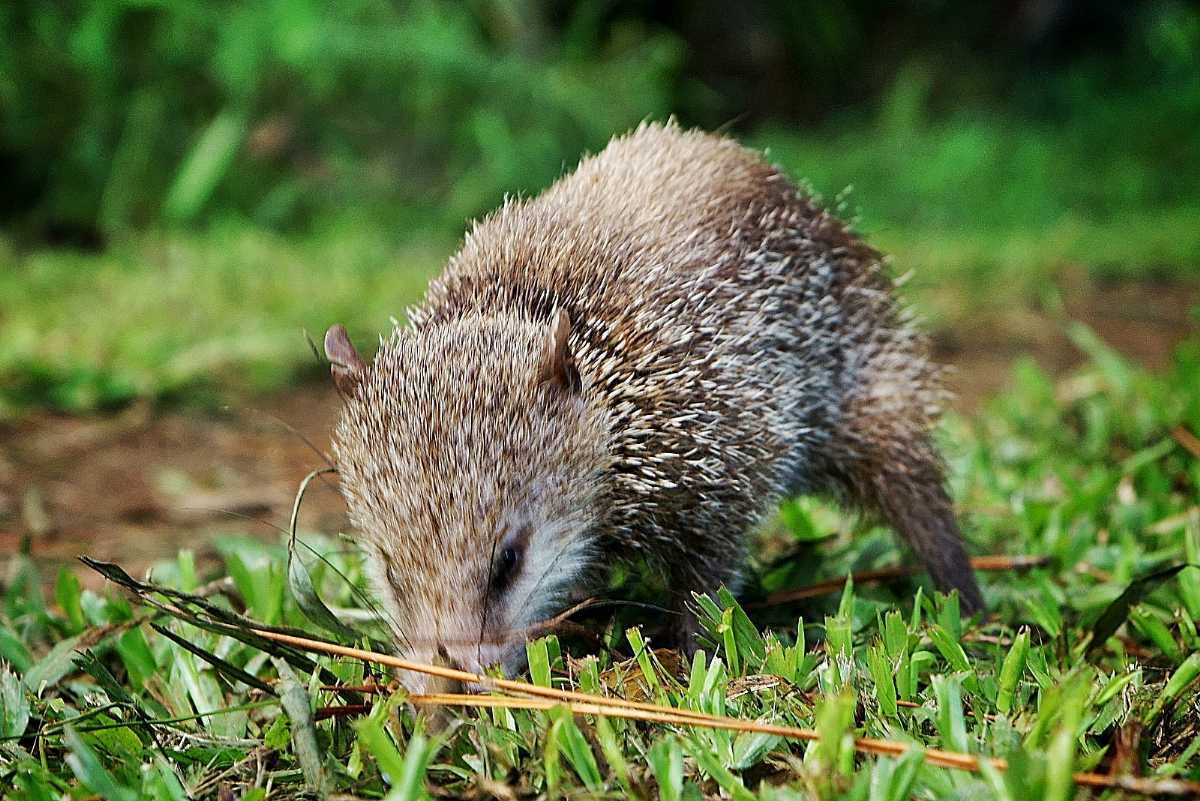Seychelles has 40 protected areas covering 242 km of the land and 209,930 km 2 2 of the ocean (UNEP-WCMC & IUCN, 2019q). A large proportion of the Seychelles terrestrial area is protected. Seychelles has one of the oldest networks of marine protected areas in Eastern Africa, but until recently, this only covered some 0.03% of its coastal and marine ecosystems. The shortfall was recognised, and the Government of Seychelles announced its intention to protect 30% of its waters, half of which (or 15%) would be a strict no-take zones. The Seychelles is engaging in a debt swap mechanism to enable this designation.
Transboundary protected and conserved areas
Seychelles includes part of the Western Indian Ocean Transfrontier Marine Park.
Policy context
A comprehensive report on legislation and policy related to protected area management, governance, and equity was undertaken by the BIOPAMA programme. It identified 28 relevant laws and policies in Seychelles (Tessema, 2019).
Key species
Marine and coastal species are economically important to the Seychelles, and the diversity and abundance of species has been influenced by harvesting patterns for the last two centuries. The country’s national report provides data in great detail of marine and coastal species, including current trends and conservation efforts. Seychelles is home to a number of different cetaceans, as well as five species of marine turtles. In terms of terrestrial and inland water biodiversity, fungal diversity is poorly known, but the country has high levels of diversity in invertebrate species, as well as plants. Levels of endemism are high amongst most groups. Of 11 recorded amphibian species and two snakes, all are endemic. The Aldabra giant tortoise (Aldabrachelys gigantea) is endemic to the country. Seychelles is home to at least 65 bird species, of which 13 are endemic. All native mammals in the Seychelles are bats, of which there are six species (four endemic).
Pressures and Threats
The primary threat to terrestrial ecosystems is the continued incursions by alien invasive species. With high levels of endemism, the islands are particularly susceptible to the impacts of invasive species. The secondary threat is land use change and habitat loss, where development pressures are threatening many habitats. The primary threat in marine ecosystems is over-fishing, which has impacts beyond the species targeted. Climate change represents a major threat to both terrestrial and marine ecosystems.

 Protected Areas
Protected Areas





